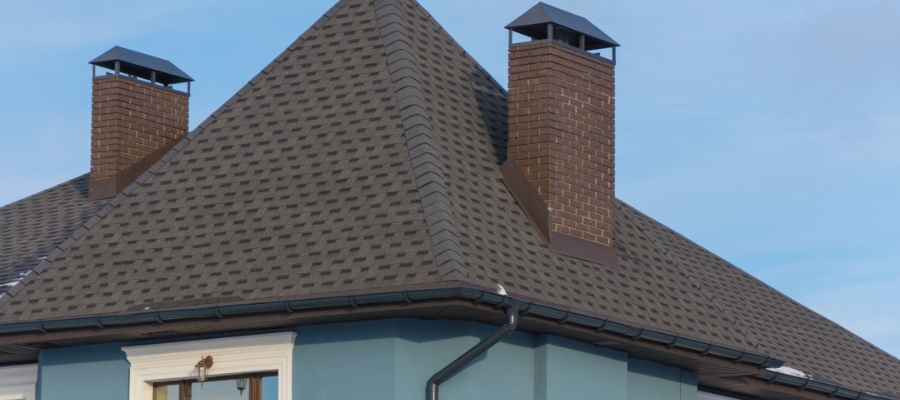Is New Flashing Installed During Roof Repair Services Near Me?
Do you know every component that goes into a new roof? It’s OK if you don’t – in fact, most people who are not professional roofers or handymen are in the dark about the important – and hidden – elements that make a waterproof residential roof.
One of these is called flashing, a water-tight material that prevents rain, snow, or other precipitation from entering your home at a joint in the roof or around windows, dormers, gables, chimneys, vent pipes, and doors.
For it to work properly, it must be installed properly, and the right shape and function should be considered before installation: counter flashing, valley flashing, apron flashing, step flashing, chimney flashing and more.
Keep reading to learn more about this roofing material and why it’s a must-have for your residential roof.
Why Does My Residential Roofing Require Flashing?
Flashing directs water away from any openings or gaps in your roof and prevents the development of interior water damage or indoor mold issues. Without flashing, the roof of your home would allow water to enter, which can compromise the structural integrity and safety of your home.
What Is Flashing Made From?
Metal – such as aluminum or stainless steel, plastic, or composites are common flashing materials. The most durable flashing is made of metal sheets, cut and formed into shape. Your home may require a special flashing material, depending on its design, roofing materials, and the climate.
Size, too, is a factor. For example, step flashing, which extends up the exterior walls of your home where a dormer connects, for example, should extend between 8 and 14 inches up the wall above the shingles on your roof, and it must overlap with the base flashing to keep your residential roof watertight.
Types of Flashing
Your roof may have multiple types of flashing installed on it. These are some of the most common kinds.
- Step flashing: A rectangular piece bent at 90 degrees, this flashing is used for wall transitions to ensure rain or melting snow flows away from dormers or other vertical walls atop your roof.
- Kickout flashing: This type bridges the gap where step flashing meets your home’s gutters. It directs water into the gutters and off your roofing.
- Skylight flashing: If your skylight requires standalone flashing, you’ll need it installed where your window meets your roof. (Some skylight makers include it with the product.)
- Valley flashing: Open valleys in your roof are protected by metal flashing.
- Drip edges: A thin piece of metal that overlaps the edge of the roof, drip flashing allows water to flow off the first row of shingles.
- Apron flashing: This long piece of metal carries water down to the shingles below.
- Base flashing: This flashing is used around chimneys.
How Often Should I Replace Flashing on My Residential Roof?
Homeowners tend to have flashing replaced when it’s time to get a new roof or roof repair.
The roofing company will remove your old shingles and examine every inch of your existing flashing. If it’s installed incorrectly, the technicians will make it right.
Due to its typical metal construction, flashing can begin to rust. In the event the roofing company finds damaged or rusted flashing, they should replace that, too.
Your flashing always should be replaced if you’re upgrading from a 3-tab to a dimensional asphalt shingle.
Should I Get New Flashing Just Because I Got New Roofing?
Some roofing companies will always recommend new flashing when they install new roofs. This is smart because no single construction material truly lasts forever. Why spend money getting a new roof, only to have your flashing fail in a few years?
If you’re having your roof repaired rather than replaced, depending on where the repair is necessary will affect whether you get new flashing.
Which Roofing Company Can I Trust for Flashing and Roof Repair?
When it’s time for a new roof, or if you think your roof needs professional help, contact Vision Construction. We’ll send an expert technician to your home to conduct a free 21-point inspection – all for free.
Our inspection will outline anything your roof needs and the condition it’s in, so you can make an informed decision on roof repair or replacement. And because we’re experienced in working with homeowner’s insurance companies, you could pay as little as your deductible to get a residential roof.
Request your inspection today, and we’ll get you on our schedule! We can’t wait to meet you and your roof.
